- Home
- Articles
- Architectural Portfolio
- Architectral Presentation
- Inspirational Stories
- Architecture News
- Visualization
- BIM Industry
- Facade Design
- Parametric Design
- Career
- Landscape Architecture
- Construction
- Artificial Intelligence
- Sketching
- Design Softwares
- Diagrams
- Writing
- Architectural Tips
- Sustainability
- Courses
- Concept
- Technology
- History & Heritage
- Future of Architecture
- Guides & How-To
- Art & Culture
- Projects
- Interior Design
- Competitions
- Jobs
- Store
- Tools
- More
- Home
- Articles
- Architectural Portfolio
- Architectral Presentation
- Inspirational Stories
- Architecture News
- Visualization
- BIM Industry
- Facade Design
- Parametric Design
- Career
- Landscape Architecture
- Construction
- Artificial Intelligence
- Sketching
- Design Softwares
- Diagrams
- Writing
- Architectural Tips
- Sustainability
- Courses
- Concept
- Technology
- History & Heritage
- Future of Architecture
- Guides & How-To
- Art & Culture
- Projects
- Interior Design
- Competitions
- Jobs
- Store
- Tools
- More
How Museums Tell Stories Through Design
Discover how museums use design to tell compelling stories. From curatorial intent and narrative flow to lighting, color, sound, labels, and media, explore the sensory and interpretive tools that guide visitors. Learn why inclusivity, ethics, and community input make exhibitions more accessible and engaging.
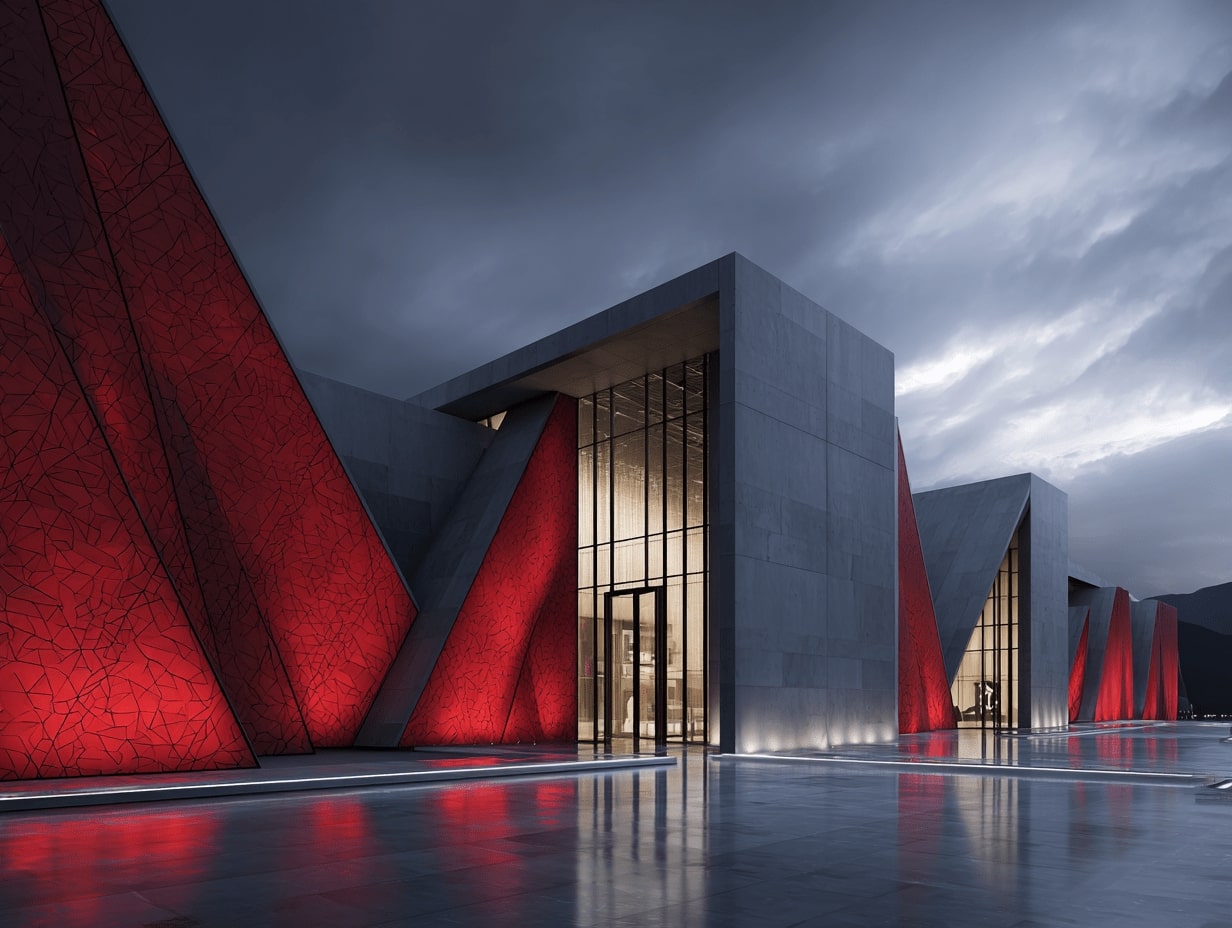
When people ask how museums tell stories through design, we point to all the choices visitors rarely notice but always feel: the arc of the narrative, the pacing of rooms, what’s lit and what’s left in shadow. Design isn’t decoration, it’s the storytelling engine. In this piece, we unpack how curatorial intent becomes a narrative blueprint, how space and materials shape meaning, and how labels, media, and inclusive practices help us earn trust while keeping curiosity alive.
Table of Contents
ToggleFrom Curatorial Intent To Narrative Blueprint
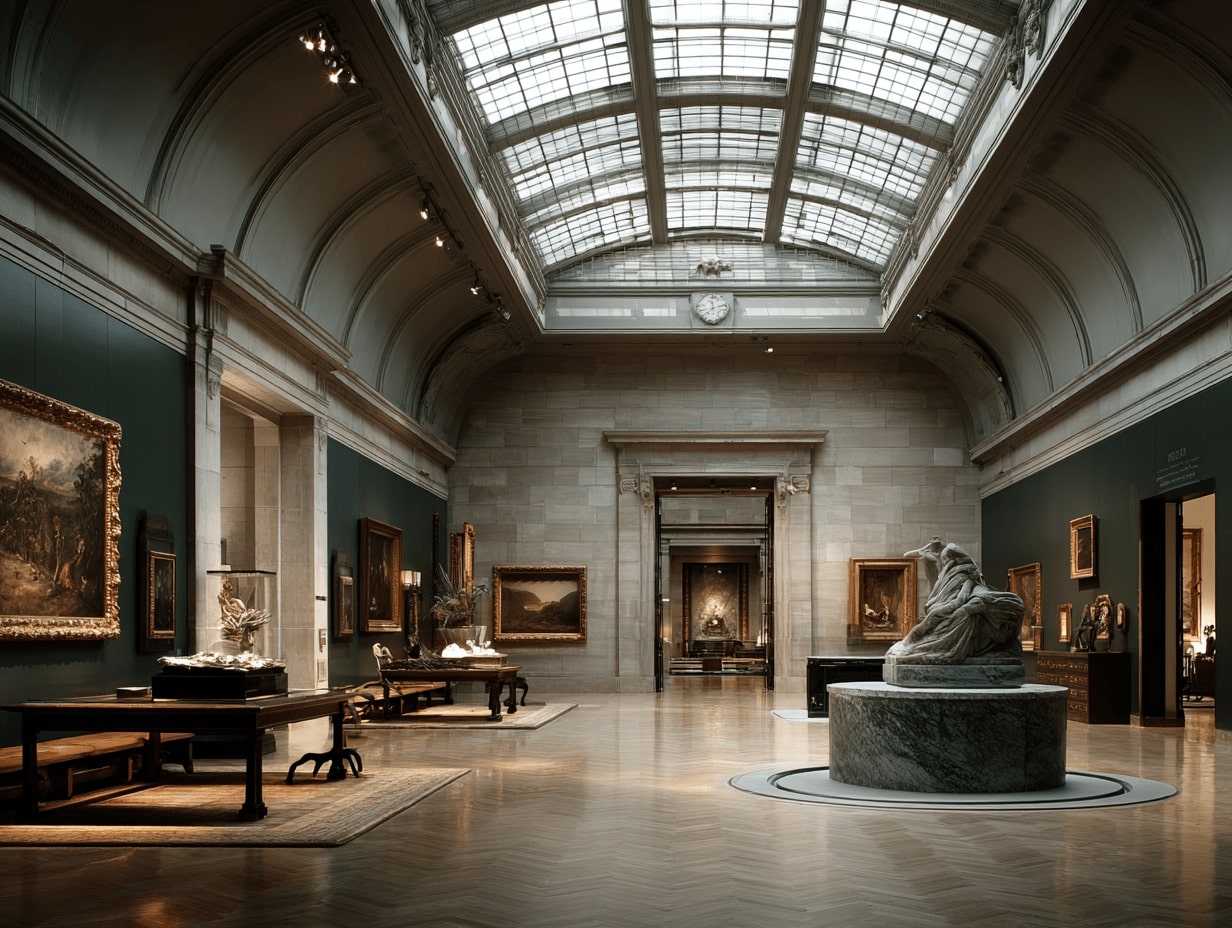
Defining The Story Arc
Every exhibition starts with a question: what do we want visitors to understand, feel, and remember? From there, we map a story arc with a clear beginning, turning points, and a resolution. We decide where to spark wonder, where to complicate the plot, and where to leave room for contemplation. A natural history gallery might open with awe, an enormous skeleton, then pivot to the detective work of science, and end with stewardship. When we’re intentional about the arc, the design team can tune scale, light, and rhythm to support it.
Selecting And Sequencing Objects
Objects are our characters. We choose them for narrative function, not just beauty: protagonists that carry big ideas, supporting pieces that add context, and counterpoints that challenge assumptions. Sequencing matters. A rare manuscript next to a contemporary response can collapse centuries in a single glance. We also plan for visual and intellectual rest, breathing spaces that help visitors connect the dots. This is how museums tell stories through design at the most granular level: one meaningful juxtaposition at a time.
Space As Story: Layout, Flow, And Wayfinding
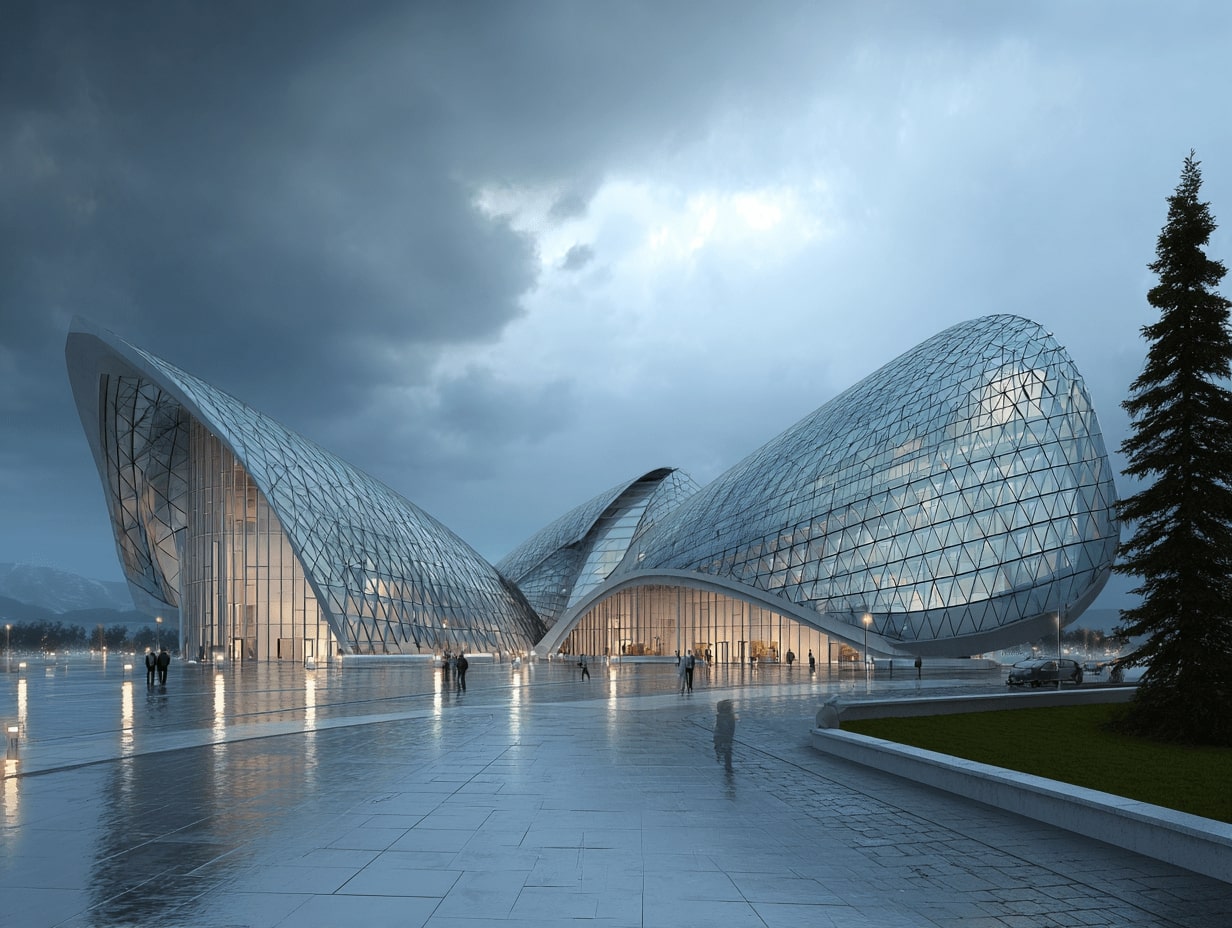
Thresholds, Transitions, And Zones
Thresholds are narrative beats. Crossing from a bustling lobby into a dim entry sets a tone before a single label is read. We choreograph transitions, narrow corridors that compress, soaring rooms that release, to mirror story shifts. Zoning helps too: we cluster themes so visitors can choose a path without losing the plot. Clear wayfinding acts like chapter markers, using color, iconography, and sightlines so people feel oriented, not herded.
Sightlines, Pace, And Gathering Points
We design sightlines to tease what’s ahead: a glimpse of a bright object across a dark gallery invites forward motion. Pace is calibrated with alternating moments, lingering niches, then momentum corridors. Along the way, we create gathering points for conversation and programs: benches aren’t afterthoughts, they’re narrative dwell times. When circulation, pauses, and views all align, the building itself becomes the narrator.
Sensory And Material Storytelling
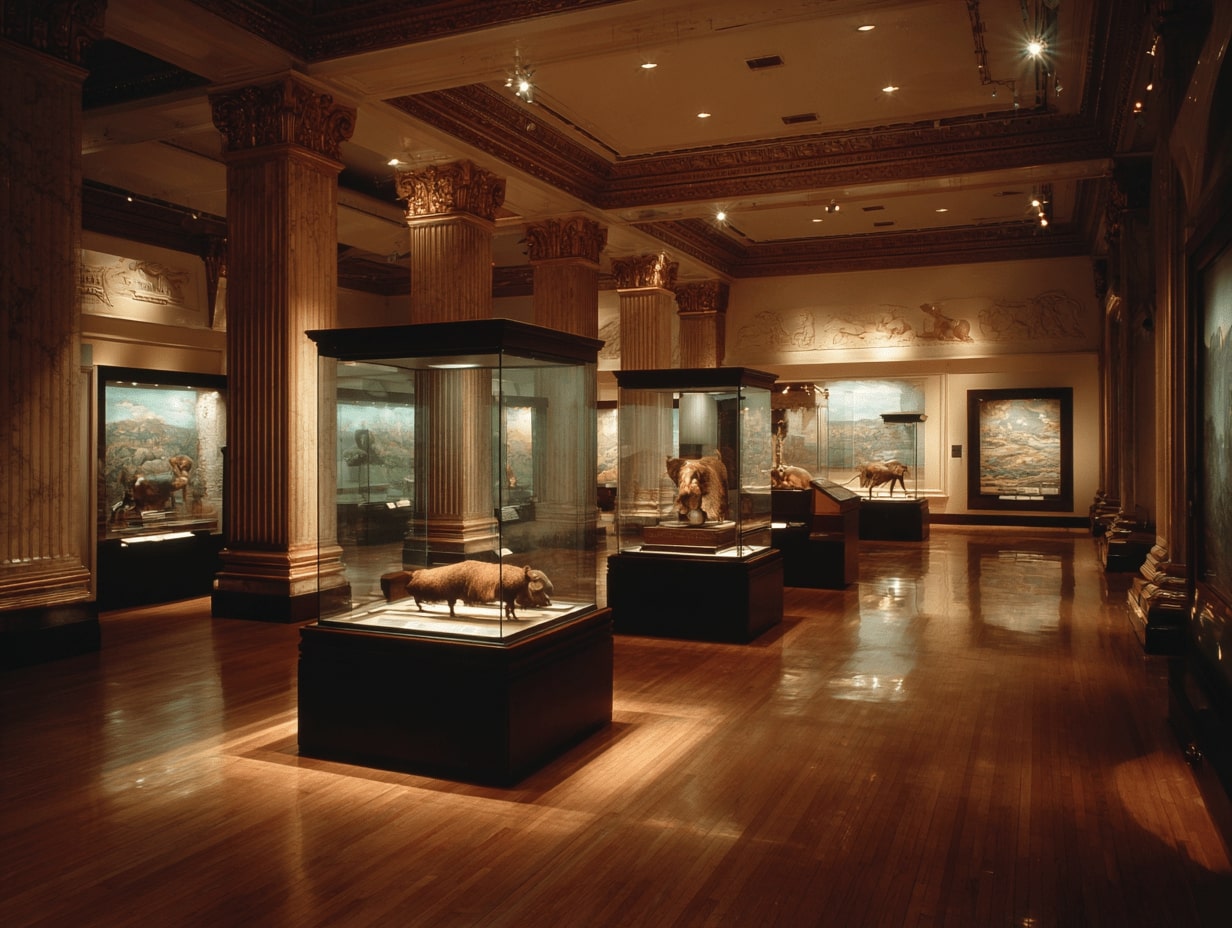
Lighting, Color, And Sound
Light directs attention and emotion. A tight spotlight turns an artifact into a soloist: a soft wash encourages scanning. We tune color to signal mood and theme, earth tones for archaeology, acidic hues for punk graphics, while safeguarding conservation needs. Sound is powerful but delicate: a low ambient track can conjure place: localized speakers prevent bleed so multiple scenes can coexist. Done well, these sensory cues say as much as the labels do.
Materials, Display Cases, And Tactility
Materials carry meaning. Rough timbers can evoke labor and craft: polished stone telegraphs formality. Casework is both protector and stage, nonreflective glass, slim profiles, and thoughtful mounts let objects breathe. Where touch is possible, we include tactile replicas and material samples because hands remember what eyes sometimes miss. This is another way how museums tell stories through design: by letting visitors feel the narrative, not just read it.
Interpretive Layers That Guide Meaning
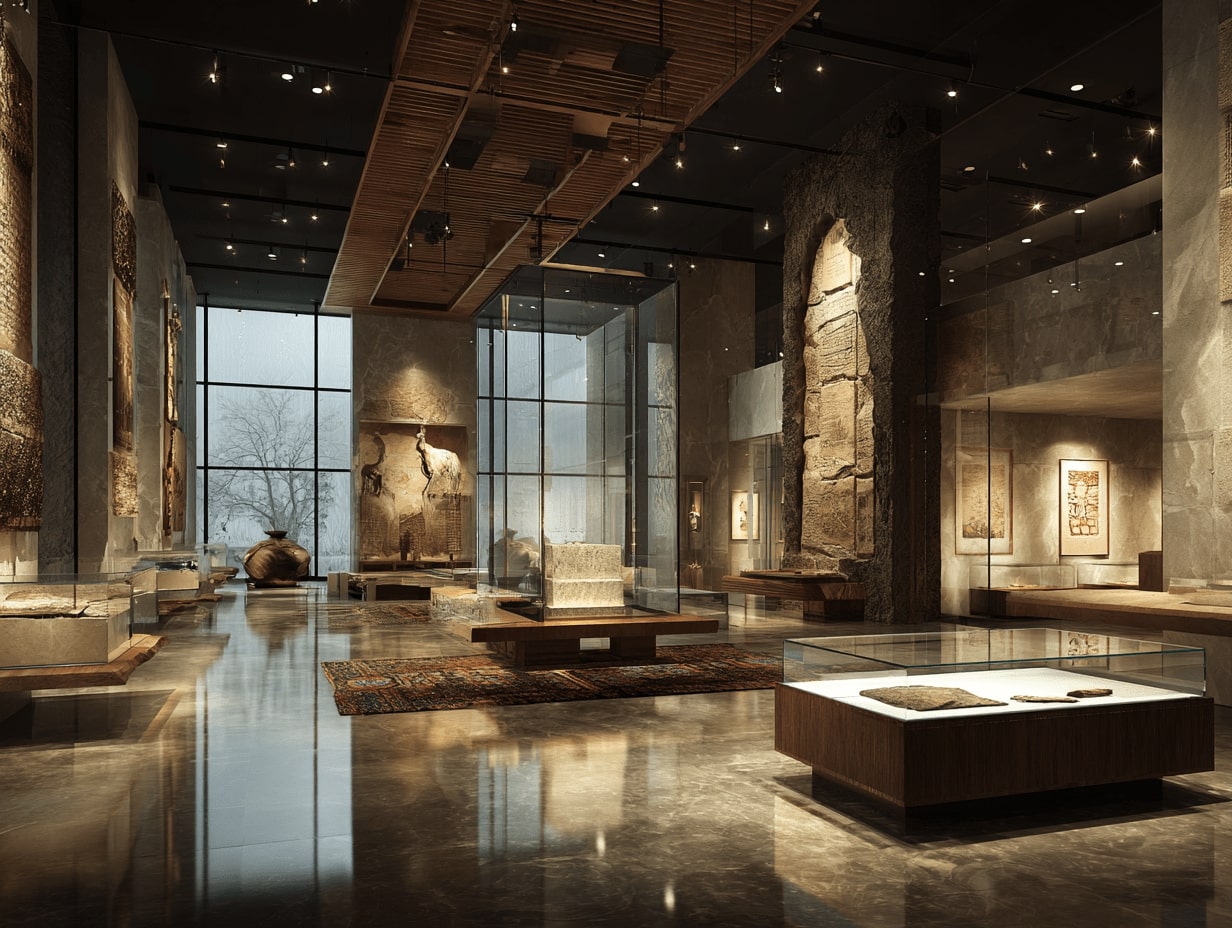
Label Strategy And Tone
Labels are voice. We write them to be clear, precise, and generous with context. A layered approach, quick “look labels,” deeper text panels, and take-home prompts, serves different attention spans without dumbing anything down. Tone matters: we avoid preachiness and invite interpretation with questions, quotes, and multiple perspectives. And we edit ruthlessly. Fewer words, better chosen, make more room for looking.
Analog, Digital, And Immersive Media
Media should earn its keep. Analog interactives, flip panels, sketch stations, give satisfying, low-tech engagement. Digital tools shine when they reveal what the eye can’t: X-rays of paintings, time-lapse reconstructions, language translations. Immersive moments can anchor memory, but we deploy them like punctuation, not wallpaper. We plan for maintenance and accessibility from day one so the tech supports the story long after opening weekend.
Designing For Inclusion And Ethics
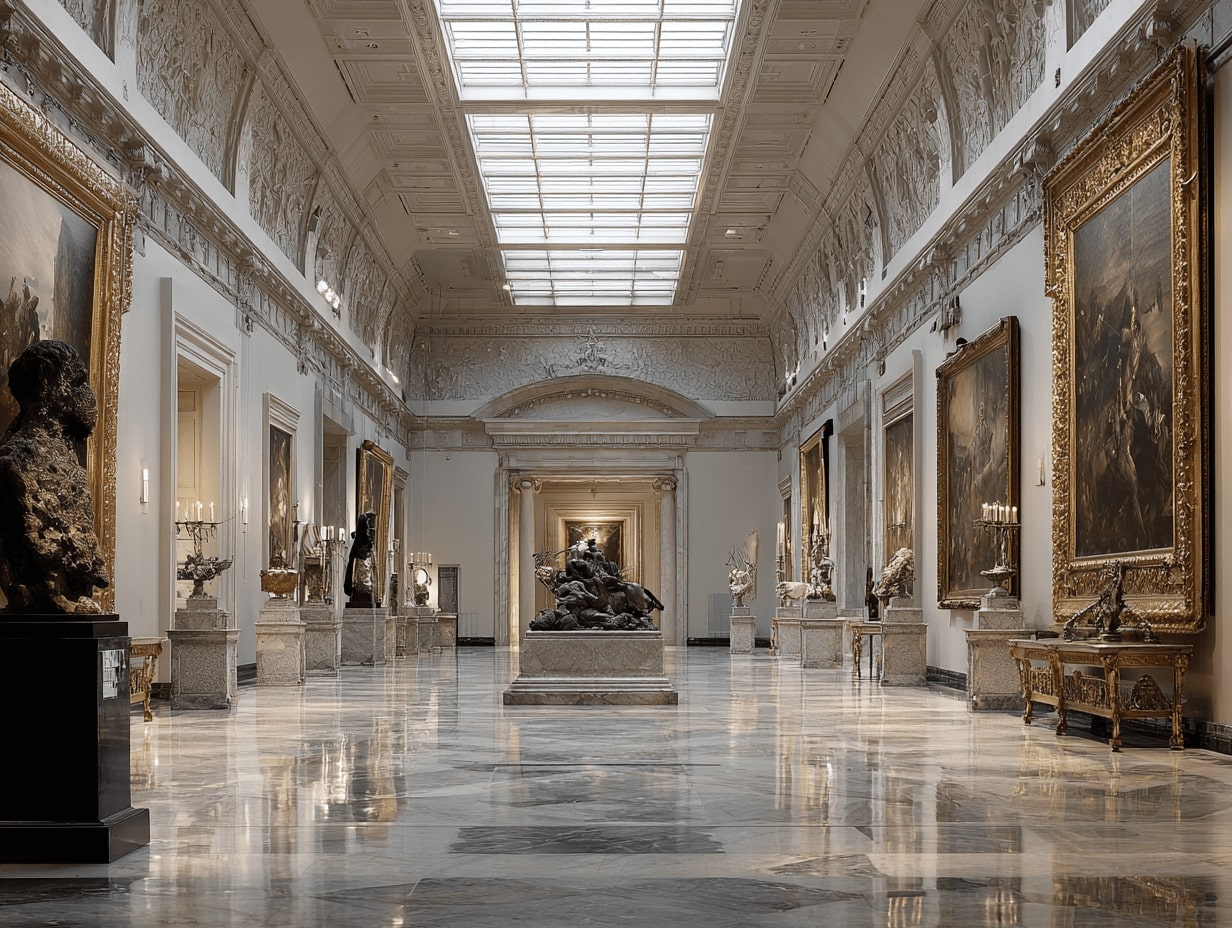
Multiple Voices And Community Co-Creation
We don’t own every story: we steward it. That means inviting source communities, artists, and stakeholders into the process early, co-researching, co-writing, and co-presenting. Quotations, oral histories, and community-authored labels put lived experience at the center. We also acknowledge gaps and debates openly. Transparency builds trust, and trust makes interpretation land.
Accessibility And Cultural Sensitivity
Accessible design is good design. We plan for clear typography, high-contrast graphics, audio description, tactile maps, captioned media, and quiet rooms. Navigation cues must work for all bodies and brains. On ethics, we document provenance, clarify display rationale, and, when appropriate, discuss repatriation. Cultural sensitivity extends to photography policies, prayer space, and language choices. In short, inclusion isn’t a feature, it’s the framework for how museums tell stories through design with integrity.
Conclusion
When the narrative blueprint, spatial choreography, sensory cues, and interpretive layers align, the result feels effortless, like the story told itself. But it’s intentional, disciplined work. If we keep listening, to objects, to communities, to visitors, we can keep designing museums that don’t just display the past, but help people write their own next chapter.
- creative museum displays
- cultural storytelling in museums
- designing immersive exhibits
- designing museum experiences
- educational museum design
- how museums tell stories
- immersive museum design
- innovative museum exhibits
- interactive museum displays
- museum design inspiration
- museum design storytelling
- museum design trends
- museum exhibit design
- museum exhibition storytelling
- museum experience design
- museum narrative techniques
- museum storytelling methods
- museum storytelling strategies
- museum visitor engagement
- narrative design in museums
- storytelling in museums
Submit your architectural projects
Follow these steps for submission your project. Submission FormLatest Posts
Suzhou Museum of Contemporary Art by BIG
Suzhou Museum of Contemporary Art (Suzhou MoCA), designed by BIG, reinterprets Suzhou’s...
Lucas Museum of Narrative Art to Open in Los Angeles in September 2026
Opening in 2026, the Lucas Museum of Narrative Art brings a sculptural...
Xiao Feng Art Museum by ZAO/Zhang Ke Architecture Office
Xiao Feng Art Museum by ZAO/Zhang Ke Architecture Office merges contemporary design...
Museum Bezau by Innauer-Matt Architekten
Museum Bezau by Innauer-Matt Architekten fuses heritage and modernity through timber craftsmanship,...



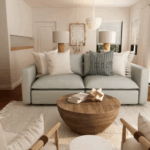
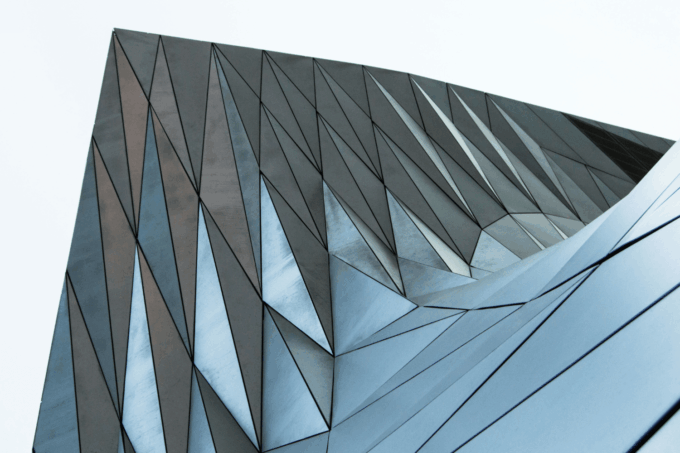
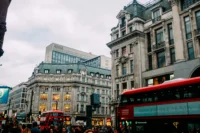
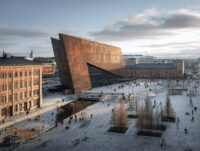





Leave a comment